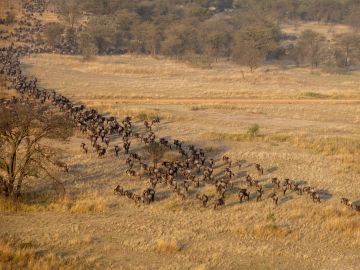
The Great Migration in Africa: Where, When & Why You Should See It
In what is one of the world’s most extraordinary wildlife experiences, the annual Great Migration in Africa is an event like no other. Millions of wildebeest, zebras and other antelope species make this incredible journey across Tanzania and Kenya every year, facing crocodile-infested rivers and terrestrial predators along the way.
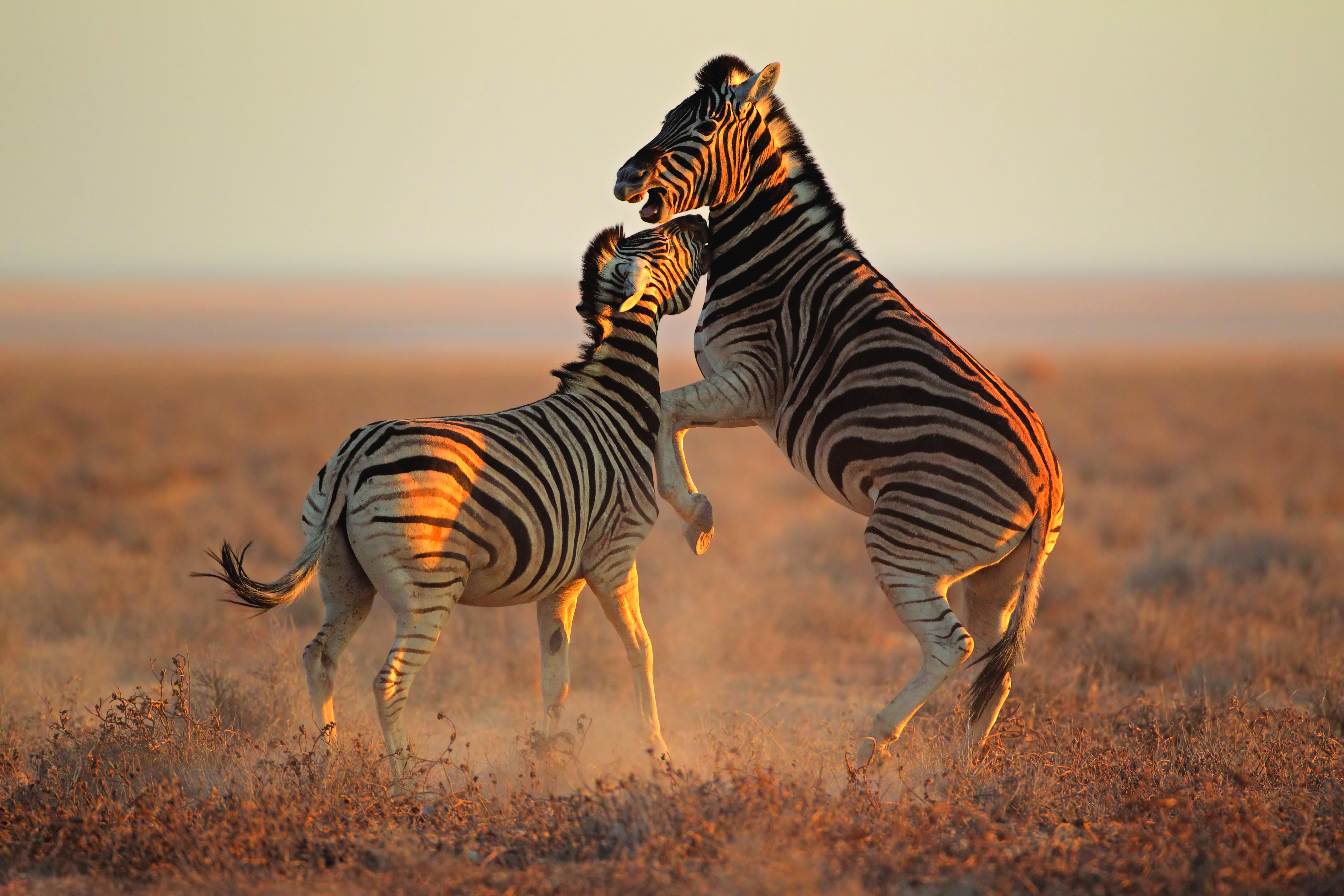
Seeing the Great Migration in motion is a reminder that some moments are made to be experienced, not captured, and our expert guides make sure you don’t miss a thing.
The Great Migration takes place in some of the most wildlife-rich natural areas in the world, making the experience all that more rewarding.
This is one of those world travel bucket list items that we all dream of experiencing during our lifetime. Here’s a brief guide on where, when, and why every nature lover should see it!
Every year, millions of animals take part in East Africa’s Great Migration — the largest land-based wildlife movement on the planet. Its stage encompasses some of the most breathtaking ecosystems, including the most well-known reserve on the continent, Serengeti National Park.
The migration is an endless circuit in which the circle of life is showcased in its purest form. Like the hands on a clock, a seemingly never-ending stream of fauna makes its way across Africa’s landscape in search of food and water, never knowing how much time they may have left.
The Great Migration is a famously treacherous journey in which the animals must not only find food to sustain themselves, but also give birth to the future generations that will keep the annual migration alive. It’s a classic case of survival of the fittest, and its contenders are some of the most majestic and resilient creatures Africa has to offer.

Tanzania Safari Adventure
Witness the iconic safari animals of the Serengeti and more with our highly experienced guides
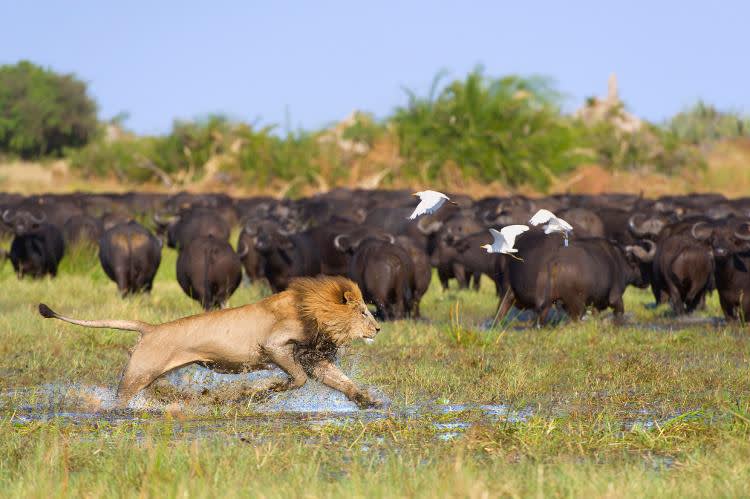
Where to Witness the Great Migration At Its Finest
The Great Migration is unlike other natural events. The journey’s timing and exact locations are constantly changing, evolving based on rainfall and fresh grazing. The only guarantee? It unfolds across Tanzania and Kenya’s legendary national parks and reserves.
So, let’s explore some of the many East African National Parks and reserves that offer the best chance to see this natural spectacle:
Ngorongoro Conservation Area (Tanzania): Located in northern Tanzania, the Ngorongoro Conservation Area is the place to see newborn wildebeest and zebras during calving season. The abundance of young prey also means a greater chance of spotting lions, leopards and other predators in action.
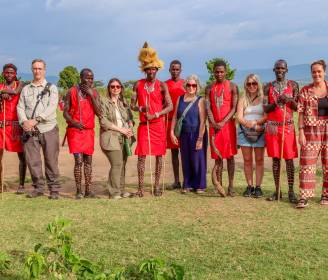
Kenya Safari Adventure
Enjoy the quintessential wildlife-watching adventure in Lake Nakuru and the Masai Mara
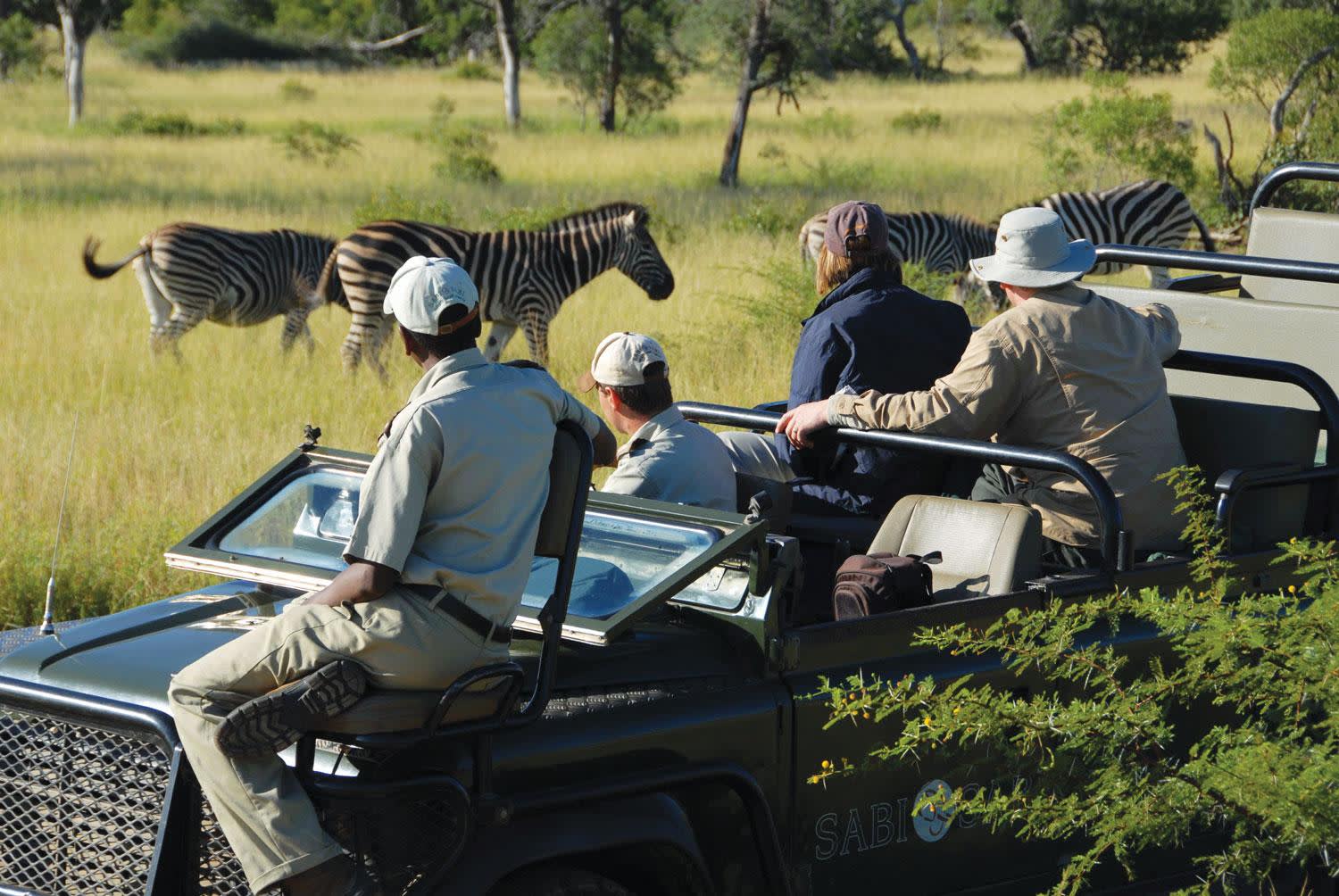
Serengeti National Park (Tanzania): This is definitely one of the best places to witness the Great Migration, as large herds of wildebeest and zebra begin to congregate. The Grumeti River makes for an imposing barrier that the animals need to gather up the courage to cross. It is also here where the wildebeest will begin to mate, hopefully offsetting their population losses during the migration.
Mara River (Tanzania & Kenya): Animals that survive the Grumeti River crossing now face an even more daunting task. Crossing the turbulent Mara River will give them access to the fertile grasslands of the Maasai Mara. But the threat of crocodile attacks here increases considerably, often causing great panic among the herds. This makes the Mara River a great place to witness dramatic attacks, as well as the triumphant herds that manage to make it safely to the other side.
Maasai Mara National Reserve (Kenya): The animals that make it to these feeding grounds can now fatten up before returning to the Ngorongoro to give birth again. But they also face one of East Africa’s highest lion densities. The survivors will make their way south in a few months, leaving behind the big cats that preyed upon them to defend their home territories. The Maasai Mara also offers excellent sightings of elephants and giraffes, as well as rarer species such as the topi.

Kenya & Tanzania Adventure
Excellent game viewing, scenery and Zanzibar

When To Go: A Timeline of Highlights
January-March: At this time of year, the great herds of Wildebeest and Zebra are spread out across the southern Serengeti and Ngorongoro Conservation Area. The majority of females will give birth during a 2-3 week window, marking the start of life for thousands of calves and a feast for waiting predators.
April-May: The herds will now move on to the Moru Kopjes and Seronera areas, en route to the Serengeti’s Western Corridor. This is not a great time or place to witness the Great Migration, as heavy rains and flooded roads make reaching the herds very difficult.
June-July: This is when herds begin to congregate and attempt to safely cross the Grumeti River. Mating also occurs during this time. Easily accessible camps along the riverbanks offer incredible safari experiences, allowing visitors to witness the migration in full swing.
August-October: The herds cross from the northern border of Serengeti National Park into will cross over from the northern border of Serengeti National Park into the Maasai Mara Reserve during this period. They will face their hardest challenge, crossing the Mara River, which offers some of Africa’s most dramatic wildlife viewing. Safaris on the Maasai Mara are wonderful for this time of year for witnessing not only the migration but also a wide variety of resident wildlife.
November-December: Now the herds begin their journey south once again through Loliondo. They attempt to time their arrival on the southern Serengeti plains as the much-needed rains finally begin to fall. The lucky ones will once again give birth to the next generation of East Africa’s migratory wanderers.
